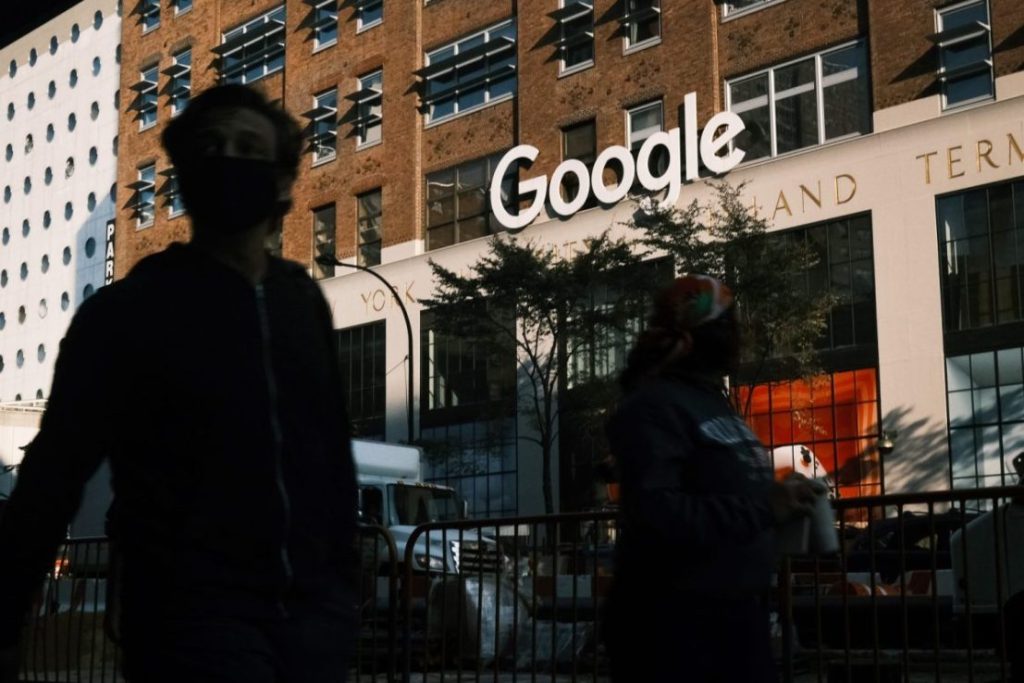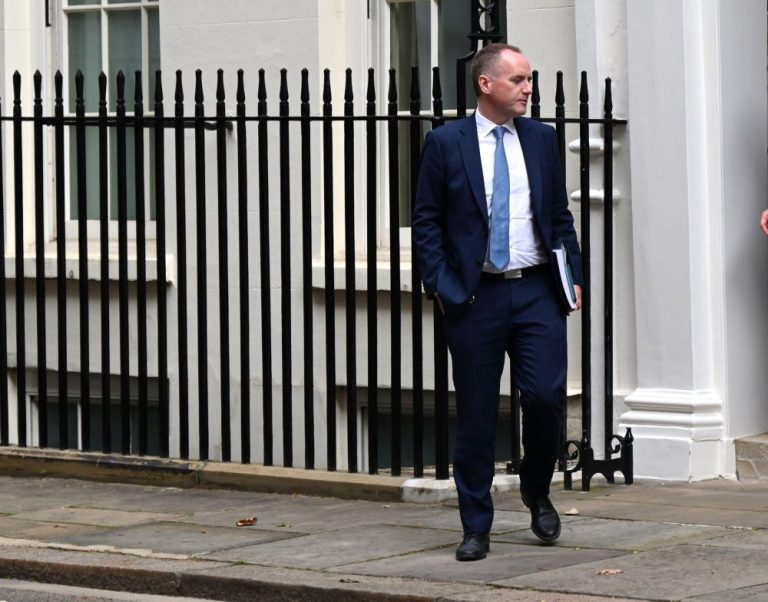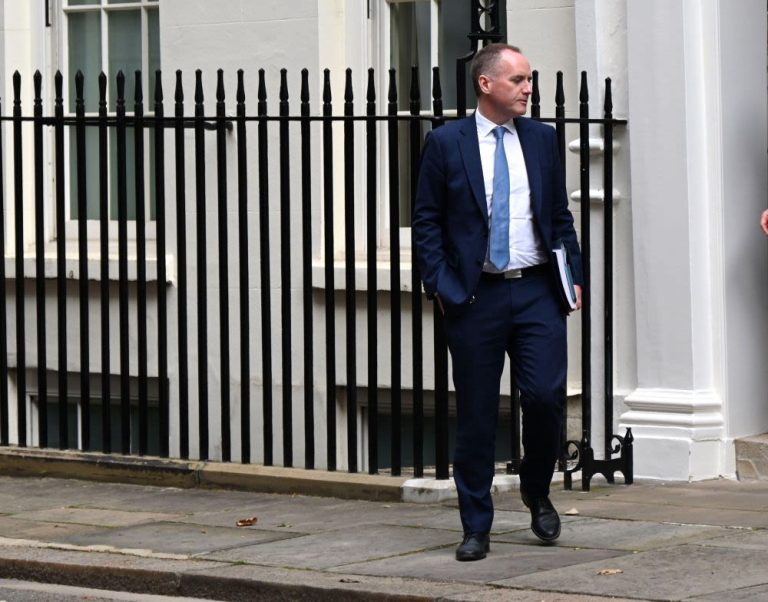
NatWest completes full privatisation after 17-year government saga
On Friday, the UK government finally shed its last 0.26 per cent stake in NatWest Group, marking the end of one of British banking’s longest-running rescue stories. The Treasury’s exit closes a chapter stretching back to the 2008 financial crisis, when NatWest—then known as Royal Bank of Scotland—received a taxpayer-funded bailout totalling £46 billion and saw the government take an 80 per cent shareholding.
From bailout to full exit: a timeline
- 2008: In the wake of RBS’s collapse, the government acquires an initial 80 per cent stake in the bank as part of a £46 billion rescue package.
- 2017: Lloyds Banking Group completes its privatisation, setting a precedent for RBS’s later exit.
- March 2022: Government reduces its NatWest stake from majority to 48.1 per cent through share sales.
- January 2025: Treasury trims its holding further to 8.9 per cent by selling 86.4 million shares.
- May 2025: Remaining shares fall below 1 per cent, culminating in this week’s final divestment.
Over the years, the government recouped around £4.9 billion in dividends and fees, though on net taxpayers are estimated to have lost £10.5 billion once all factors are accounted for.
CEO Paul Thwaite’s remarks on the transition
NatWest CEO Paul Thwaite hailed the move as a milestone:
“Turning the page on the financial crisis allows us to look to the future with confidence. Today, we operate a simpler, safer, customer-focused bank. Our loyal customers, colleagues and shareholders—including the UK taxpayer—have made this possible.”
Thwaite emphasised the bank’s “positive momentum” and its ambition to support economic growth, stating that “strong economies need strong banks, and vice versa.” With fully private status restored, NatWest prepares to tackle new opportunities without government oversight.
Financial performance and market positioning
In Q1 2025, NatWest reported a 23 per cent rise in income to £4 billion, driven by a rush of mortgage approvals ahead of stamp duty deadlines. Pre-tax profit reached £1.8 billion, topping the £1.6 billion analysts forecast. Net lending climbed by £3.4 billion to £371.9 billion, while operating expenses fell 8.5 per cent to £2 billion.
Despite a post-crisis share price of 478.80 p—equal to a decade high in April—it remains well below pre-2008 peaks of over 5 000 p. Investment analysts note that NatWest’s improved cost discipline and strong lending momentum could reinforce its competitive stance in a consolidating market.
Strategic ambitions: acquisitions and growth
NatWest’s appetite for expansion was signalled by an unsuccessful £11 billion bid for Santander UK’s retail arm earlier this year. Although talks have stalled, the bid underscored NatWest’s willingness to pursue major deals post-privatisation.
Last year the bank acquired the majority of Sainsbury’s Bank assets and Metro Bank’s £2.5 billion residential mortgage portfolio. John Moore of RBC Brewin Dolphin suggests that with some rivals retrenching, NatWest could leverage its private status to pursue further acquisitions, boosting scale while adhering to its strategic pillars.
Looking ahead: the half-year results
On July 25, NatWest will publish its half-year results—the first since returning to private hands. Investors and the market will watch closely for indications of balance sheet strength, continued cost efficiencies and the bank’s ability to convert its retail and commercial momentum into shareholder value.
With a renewed focus on growth, innovation and customer-centric services, NatWest enters a new era freed from state ownership. Its performance over the next quarters will determine whether this long-awaited privatisation can deliver on the promise of a stronger, more agile UK banking sector.




